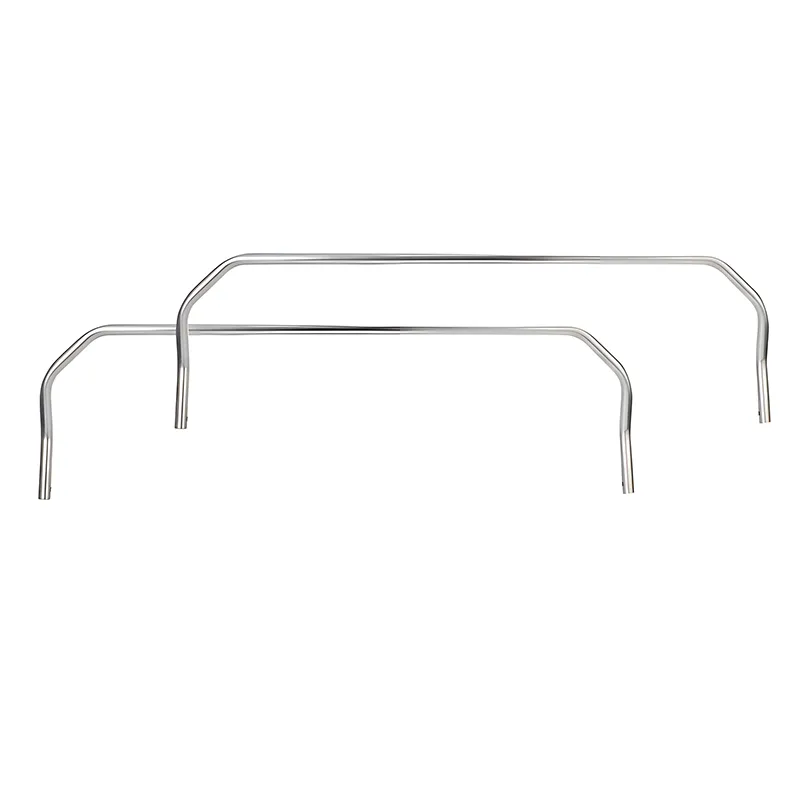
Tube Steel Columns A Comprehensive Overview
In modern construction, the use of tube steel columns has gained immense popularity due to their unique structural characteristics and aesthetic appeal. These hollow steel sections not only provide significant strength but also offer advantages in terms of weight efficiency, architectural design flexibility, and ease of assembly. This article delves into the fundamental aspects of tube steel columns, including their composition, advantages, applications, and critical design considerations.
Composition and Types
Tube steel columns are primarily made from high-strength steel, which is formed into a hollow profile. These columns can be categorized into different shapes, with the most common being circular, square, and rectangular profiles. The manufacturing processes include hot-rolling, cold-forming, and welding, which contribute to the various mechanical properties of the columns. The most widely used materials for these columns are mild steel and high-strength low-alloy (HSLA) steel, known for their durability and resistance to corrosion.
Advantages of Tube Steel Columns
1. Strength-to-Weight Ratio One of the standout features of tube steel columns is their exceptional strength-to-weight ratio. The hollow section provides increased structural integrity with less material. This advantage is particularly beneficial in high-rise buildings and other structures where weight concerns are paramount.
2. Aesthetic Qualities Tube steel columns have a sleek appearance that can enhance the modern look of buildings and structures. Their smooth lines and geometric forms allow architects to integrate them creatively into their designs, offering both visual appeal and structural support.
3. Versatility These columns can be used in a wide range of applications, from residential homes to commercial skyscrapers, bridges, and industrial structures. The adaptability to various load conditions and architectural requirements makes tube steel columns a preferred choice in many engineering projects.
4. Rapid Construction Tube steel columns can be fabricated off-site and then quickly assembled on location. This advantage reduces construction time, which can lead to significant cost savings and greater project efficiency.

5. Sustainability As steel is recyclable, tube steel columns contribute to sustainable construction practices. Using steel, which can be repurposed at the end of its life cycle, supports environmentally friendly building techniques.
Applications in Modern Construction
Tube steel columns are widely utilized in several sectors, including commercial, residential, and industrial construction. In commercial buildings, these columns are often used to create open, unobstructed spaces, allowing for flexible floor plans and the ability to accommodate various tenant needs. In residential settings, tube steel columns are increasingly found in modern homes, adding both structural support and aesthetic value.
In industrial applications, tube steel columns are integral in creating structures like warehouses and manufacturing facilities where heavy loads and large spans are required. Furthermore, they are frequently employed in bridges, where their ability to withstand tensile and compressive forces is critical in maintaining structural integrity.
Design Considerations
When designing structures utilizing tube steel columns, engineers must consider several factors to ensure safety and performance. Proper load assessment is essential to determine the column's capacity to support various loads, including axial, lateral, and torsional forces. Additionally, considerations for buckling, connection design, and potential corrosion must be made to enhance durability, especially in environments exposed to the elements.
The chosen shape of the tube also influences its performance characteristics. For example, circular tubes generally provide better resistance to torsional loads compared to square or rectangular shapes. Engineers often conduct finite element analyses to predict behavior under different loading conditions, optimizing the design for both performance and cost-effectiveness.
Conclusion
In conclusion, tube steel columns represent a crucial advancement in construction technology, offering a blend of strength, versatility, and aesthetic appeal. Their efficient use of materials, rapid construction capabilities, and sustainable properties make them a preferred choice for modern engineering projects. As the construction industry continuously evolves, the role of tube steel columns will undoubtedly grow, driving innovation and enabling architects and engineers to push the boundaries of design and functionality.